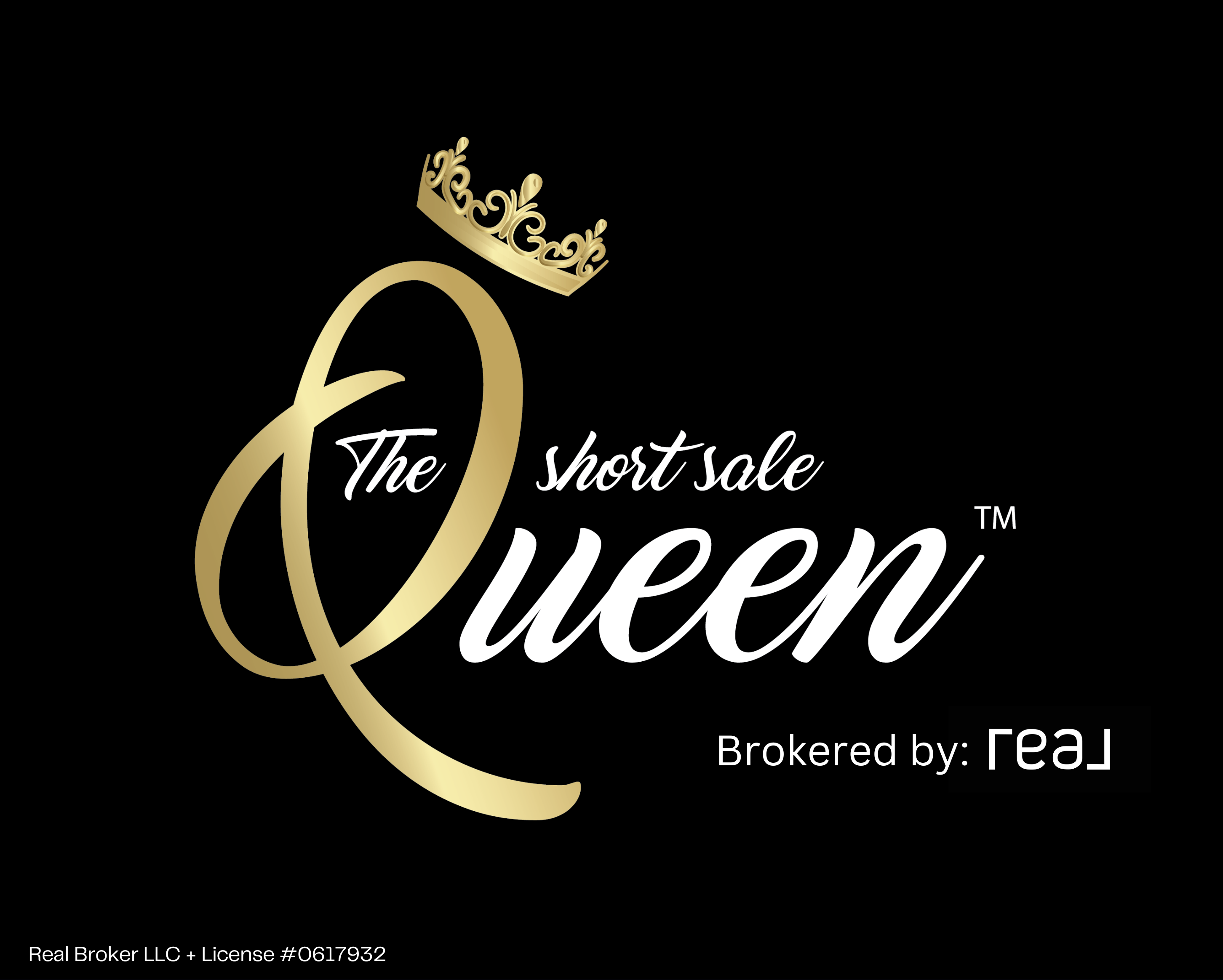If you’re behind on mortgage payments, you may be able to work with your lender to find an alternative to foreclosure. Your lender will evaluate your individual circumstances based on the reason for default, and whether your financial hardship is temporary or permanent.
After reviewing these criteria, they may consider you for the following financial solutions:
1. Temporary Indulgence
This is a grace period (usually 30 to 60 days) that may be granted to help bring the mortgage current. If you request a temporary indulgence, you will need to demonstrate evidence that warrants the grace period and your ability to catch up on payments once it is over.
How to qualify:
An indulgence is considered in the following situations:
- A contract for sale has been ratified and a closing date can be verified
- An insurance settlement
- Pending receipt of approved funding, such as refinancing
2. Military Forbearance
There are two components of military forbearance:
- Interest Rate Reduction: FNMA (Fannie Mae) policy requires a reduction in the mortgage interest rate from the time the borrower begins active duty to one year after release, at the current rate of 6% as of this posting. This benefit is retroactive should the borrower notify the lender after starting active duty.
- Additional Forbearance: In certain cases related to financial hardship (usually associated with the loss of greater civilian pay), the service member may request special consideration in the form of a reduced monthly mortgage. The difference between the original monthly mortgage amount and the reduced payment is referred to as “arrearage.” Upon release from active duty, the borrower would be responsible for bringing the arrearage current.
How to qualify:
Military service members, or a civilian borrower who later enters the military, are entitled to military forbearance granted under the terms of the Service-members Civil Relief Act.
3. Special Forbearance
Your lender may be able to grant a temporary reduction or suspension of your payments based on your financial situation, and arrange for a repayment plan of the back amount owed (rather than having to pay it all at once). At the end of the relief period, regular payments must be resumed and a repayment plan in place.
How to qualify:
You may qualify if you have recently experienced a reduction in income or an increase in living expenses. You must furnish information to your lender that shows you would be able to meet the requirements of the new plan.
4. Mortgage Modification
If your income has been unexpectedly reduced and you cannot pay your current mortgage amount, but you could pay a smaller amount, you may qualify for a mortgage modification. You may be able to refinance the debt and/or extend the term of your mortgage loan, helping you stay current by reducing the monthly payments to a more affordable level.
How to qualify:
You will need to submit proof of your reduced income and ability to pay a lesser loan payment.
5. Partial Claim
This applies to FHA loans only – your lender may be able to work with you to obtain a one-time payment from the FHA insurance fund to bring your mortgage current. When your lender files a partial claim, the U.S. Department of Housing and Urban Development (HUD) will pay your lender the amount necessary to bring your mortgage current. You must execute a promissory note, and a lien will be placed on your property until it is paid in full. This promissory note is interest-free and is due when you pay off the first mortgage or when you sell the property.
How to qualify:
You may qualify for a partial claim if:
- Your loan is at least four (but no more than 12) months delinquent
- You are able to begin making full mortgage payments
6. Short Sale
If your house is not worth more than what you currently owe, the lender may allow a short sale. This will allow you to avoid foreclosure by selling your property on the market for an amount less than the amount necessary to pay off your mortgage loan.
How to qualify:
You may qualify for a property short sale if:
- The loan is at least 30 days delinquent
- An appraisal (that your lender will obtain) shows that the value of your home is less than the mortgage amount
There is a specific process that must be followed if you are going to submit a short sale package to your lender for acceptance. To learn more about how The Short Sale Queen can help with this process, browse our homeowner short sale resources.
7. Deed-in-Lieu of Foreclosure
As a last resort, you may be able to voluntarily “give back” your property deed to the lender and be released from the mortgage. It won’t save your house, but it does make it easier and less expensive for your lender than the alternative. You also avoid having a foreclosure appear on your credit report.
How to qualify:
You may qualify for a deed-in-lieu of foreclosure if:
- You are in default and don’t qualify for any of the other options
- Your attempts at selling the house before foreclosure were unsuccessful
- You don’t have another mortgage in default
In closing, it is very important that you maintain honest, open communication with your lenders at the first sign of financial difficulty in order to take advantage of the assistance they can offer you. If you agree to a loss mitigation option, be sure you can comply and be faithful to your commitment. If there is a change in your circumstances, and you cannot honor your agreement, contact your lender immediately. The further behind you are, the less options you have with your lender.
To see what you may qualify for, call us at 972-452-6868 or submit a form for a free consultation.
